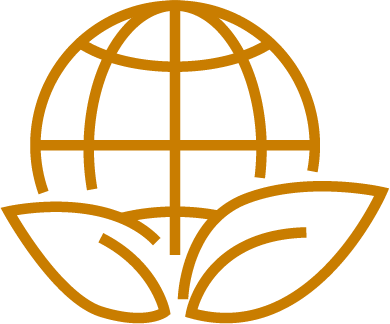Back
- Welcome
- About this Report
- Approach to Sustainability
- Our Sustainability Agenda
- Respecting Nature
- Serving Our Stakeholders
- Customers
- Our people
- Partners
- Community
- ESG Data Table and GHG Accounting Methodology
- Glossary
- Downloads
- Case studies
- Feedback Form







